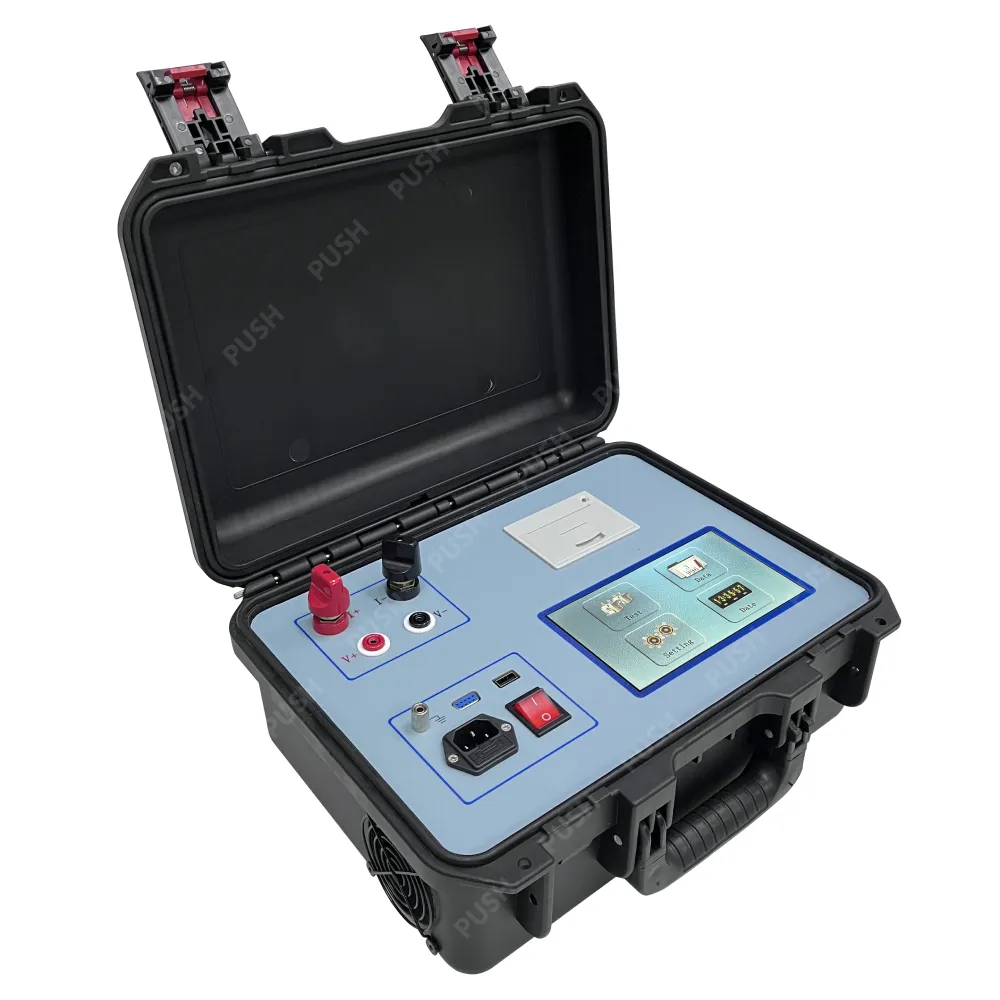 English
English



-
 Afrikaans
Afrikaans -
 Albanian
Albanian -
 Amharic
Amharic -
 Arabic
Arabic -
 Armenian
Armenian -
 Azerbaijani
Azerbaijani -
 Basque
Basque -
 Belarusian
Belarusian -
 Bengali
Bengali -
 Bosnian
Bosnian -
 Bulgarian
Bulgarian -
 Catalan
Catalan -
 Cebuano
Cebuano -
 China
China -
 China (Taiwan)
China (Taiwan) -
 Corsican
Corsican -
 Croatian
Croatian -
 Czech
Czech -
 Danish
Danish -
 Dutch
Dutch -
 English
English -
 Esperanto
Esperanto -
 Estonian
Estonian -
 Finnish
Finnish -
 French
French -
 Frisian
Frisian -
 Galician
Galician -
 Georgian
Georgian -
 German
German -
 Greek
Greek -
 Gujarati
Gujarati -
 Haitian Creole
Haitian Creole -
 hausa
hausa -
 hawaiian
hawaiian -
 Hebrew
Hebrew -
 Hindi
Hindi -
 Miao
Miao -
 Hungarian
Hungarian -
 Icelandic
Icelandic -
 igbo
igbo -
 Indonesian
Indonesian -
 irish
irish -
 Italian
Italian -
 Japanese
Japanese -
 Javanese
Javanese -
 Kannada
Kannada -
 kazakh
kazakh -
 Khmer
Khmer -
 Rwandese
Rwandese -
 Korean
Korean -
 Kurdish
Kurdish -
 Kyrgyz
Kyrgyz -
 Lao
Lao -
 Latin
Latin -
 Latvian
Latvian -
 Lithuanian
Lithuanian -
 Luxembourgish
Luxembourgish -
 Macedonian
Macedonian -
 Malgashi
Malgashi -
 Malay
Malay -
 Malayalam
Malayalam -
 Maltese
Maltese -
 Maori
Maori -
 Marathi
Marathi -
 Mongolian
Mongolian -
 Myanmar
Myanmar -
 Nepali
Nepali -
 Norwegian
Norwegian -
 Norwegian
Norwegian -
 Occitan
Occitan -
 Pashto
Pashto -
 Persian
Persian -
 Polish
Polish -
 Portuguese
Portuguese -
 Punjabi
Punjabi -
 Romanian
Romanian -
 Russian
Russian -
 Samoan
Samoan -
 Scottish Gaelic
Scottish Gaelic -
 Serbian
Serbian -
 Sesotho
Sesotho -
 Shona
Shona -
 Sindhi
Sindhi -
 Sinhala
Sinhala -
 Slovak
Slovak -
 Slovenian
Slovenian -
 Somali
Somali -
 Spanish
Spanish -
 Sundanese
Sundanese -
 Swahili
Swahili -
 Swedish
Swedish -
 Tagalog
Tagalog -
 Tajik
Tajik -
 Tamil
Tamil -
 Tatar
Tatar -
 Telugu
Telugu -
 Thai
Thai -
 Turkish
Turkish -
 Turkmen
Turkmen -
 Ukrainian
Ukrainian -
 Urdu
Urdu -
 Uighur
Uighur -
 Uzbek
Uzbek -
 Vietnamese
Vietnamese -
 Welsh
Welsh -
 Bantu
Bantu -
 Yiddish
Yiddish -
 Yoruba
Yoruba -
 Zulu
Zulu
polarity test of single phase transformer experiment
Polarity Test of Single-Phase Transformer An Overview
The polarity test of a single-phase transformer is a vital procedure in transformer testing and maintenance. It serves to establish the relative polarities of the windings of a transformer, which is essential for the proper connection of multiple transformers in parallel operation. Understanding the transformer's connection and its winding orientations can prevent potential operational issues and ensure the system functions efficiently.
A single-phase transformer consists of two windings the primary and the secondary winding. The primary winding is connected to the power source, while the secondary winding delivers the transformed voltage to the load. The polarity of each winding is determined during the winding process, and if the polarity is not carefully tested and confirmed, it may result in detrimental effects when transformers are connected in parallel. Incorrect polarities can lead to short circuits, equipment damage, and operational failures.
The polarity test is typically conducted using a straightforward method involving a few practical steps. First, the transformer is energized at low voltage. This can be done using a regulated power supply or a low-voltage transformer. The objective is to introduce a safe voltage to the primary winding without risking any damage to the equipment. It is crucial to ensure that the testing environment is safe and that all necessary safety precautions are in place.
polarity test of single phase transformer experiment

Next, the test leads are connected to the primary and secondary windings. A low-voltage primary connection is made, and then the voltage is applied to the primary winding. Following this, the secondary winding is observed for the presence of voltage. The polarity is verified by measuring the voltage induced in the secondary winding with a voltmeter. If the voltage reading is positive with respect to the connections, then the polarities are correct, indicating that the windings are in phase. Conversely, if the reading is negative, the polarities are reversed, and adjustments may be necessary.
This test not only ensures the correct polarity but also enhances the understanding of the transformer’s operation. It is a crucial step before proceeding with further testing or connecting the transformer to the grid or other systems. Neglecting the polarity test may lead to unexpected operational challenges that could cause downtimes and increase costs.
In summary, the polarity test of a single-phase transformer is an essential procedure that ensures safety and efficiency in transformer operations. By confirming the correct orientation of the transformer windings, technicians can facilitate smoother integration with other transformers in the system. Proper execution of this test serves as a foundation for reliable and effective electrical power distribution, contributing to the overall success of electrical systems. Through safe and efficient testing practices, electrical engineers can enhance system performance and longevity, mitigating risks associated with improper transformer connections.
-
Ensuring SF₆ Gas Safety: Introducing PUSH’s Integrated SF₆ Analyzer for Dew Point, Purity, and Decomposition MonitoringNewsJul.10,2025
-
Exploring the Main Types of Industrial Endoscopes and Their Applications Across IndustriesNewsJul.04,2025
-
Testing Equipment Industry Sees Major Advancements in 2025: Smart & Precision Technologies Lead the WayNewsJun.06,2025
-
Applications of Direct Current Generators in Renewable Energy SystemsNewsJun.05,2025
-
Hipot Tester Calibration and Accuracy GuidelinesNewsJun.05,2025
-
Digital Circuit Breaker Analyzer Features and BenefitsNewsJun.05,2025



